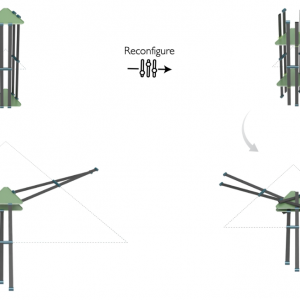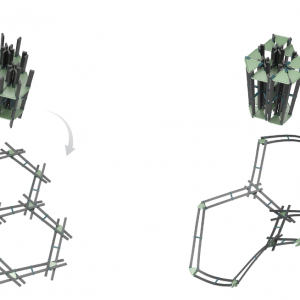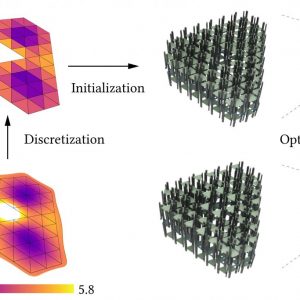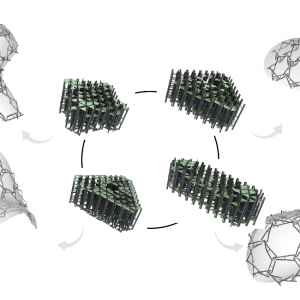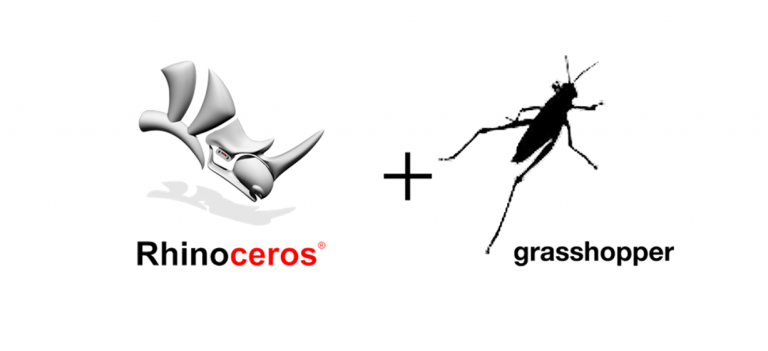Umbrella Meshes
Umbrella Meshes are deployable structures that have a compact stress-free rest state and can be reconfigured to deploy into a desired target surface
Overview
Umbrella meshes are made up of umbrella-inspired cells comprising elastic beams, rigid plates, and hinge joints that can be directly printed or assembled in a zero-energy fabrication state. During deployment, as the elastic beams of varying heights rotate from vertical to horizontal configurations, the entire structure transforms from a compact block into a target curved surface. Umbrella Meshes encode both intrinsic and extrinsic curvature of the target surface and in principle are free from the area expansion ratio bounds of past auxetic material systems.
RUMs are reconfigurable umbrella meshes designed by introducing sliding joints to connect the elastic beams with the rigid plates to allow adapting the constituent cell heights. Assembled from identical cells that can be mass-produced, a RUM can deploy into several desired shapes, which makes them well suited for reusable temporary structures.
Fast Forward
An umbrella cell deploys to expand its planar footprint depicted by the dotted triangle. A RUM cell can also be reconfigured to deploy to a different footprint
While a regular grid of cells with the same height deploys to a flat shape, varying the cell heights results in a buckled 3D shape that incurs active bending at the elastic equilibrium
Computational pipeline: The input to our inverse design pipeline is a target surface. We compute a conformal flattening of the surface to the plane and initialize a regular grid of umbrellas of varying heights using the conformal scale factors. We preview the deployed shape of this initialization by running our simulation algorithm and then apply our design optimization algorithm to find optimal height parameters. The deployed shape of the optimized result closely approximates the target surface.
We fabricated physical prototypes and deploy them. Notice that the deployed states can also be bistable
We fabricated larger a RUM and deployed it into three interesting configurations out of many possible ones

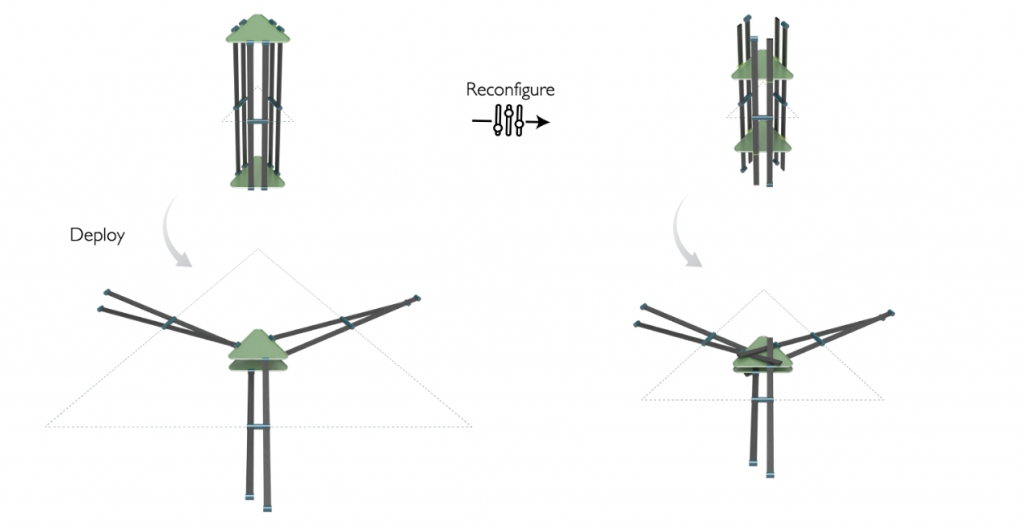
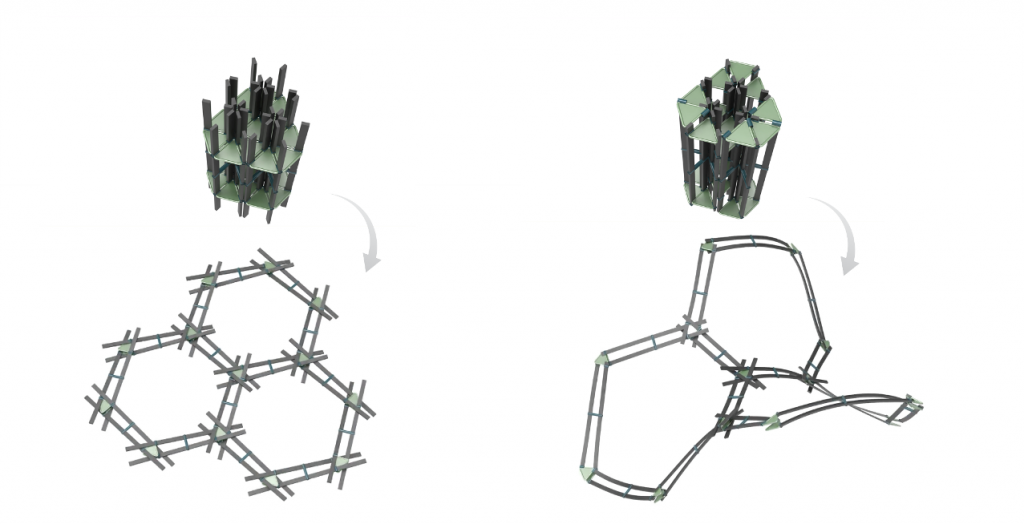
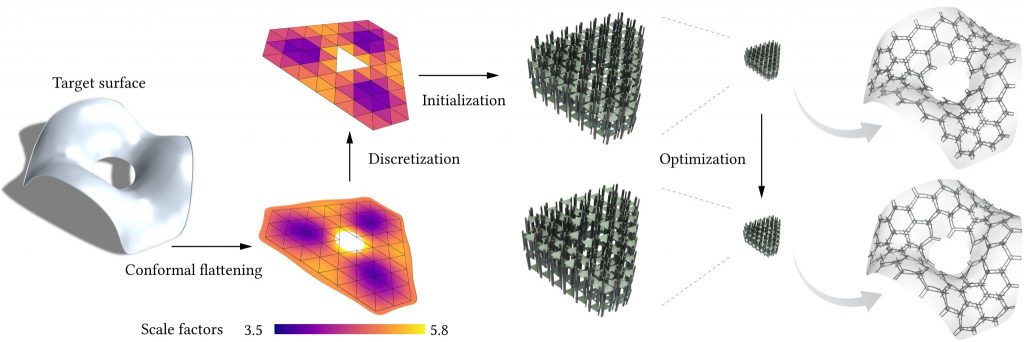
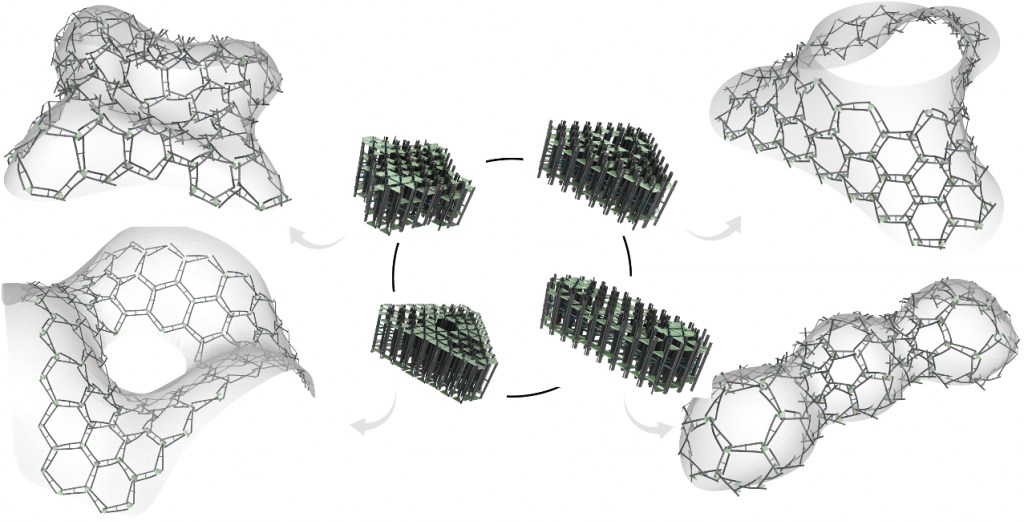
Resources
Publications
Please note that the publication lists from Infoscience integrated into the EPFL website, lab or people pages are frozen following the launch of the new version of platform. The owners of these pages are invited to recreate their publication list from Infoscience. For any assistance, please consult the Infoscience help or contact support.
